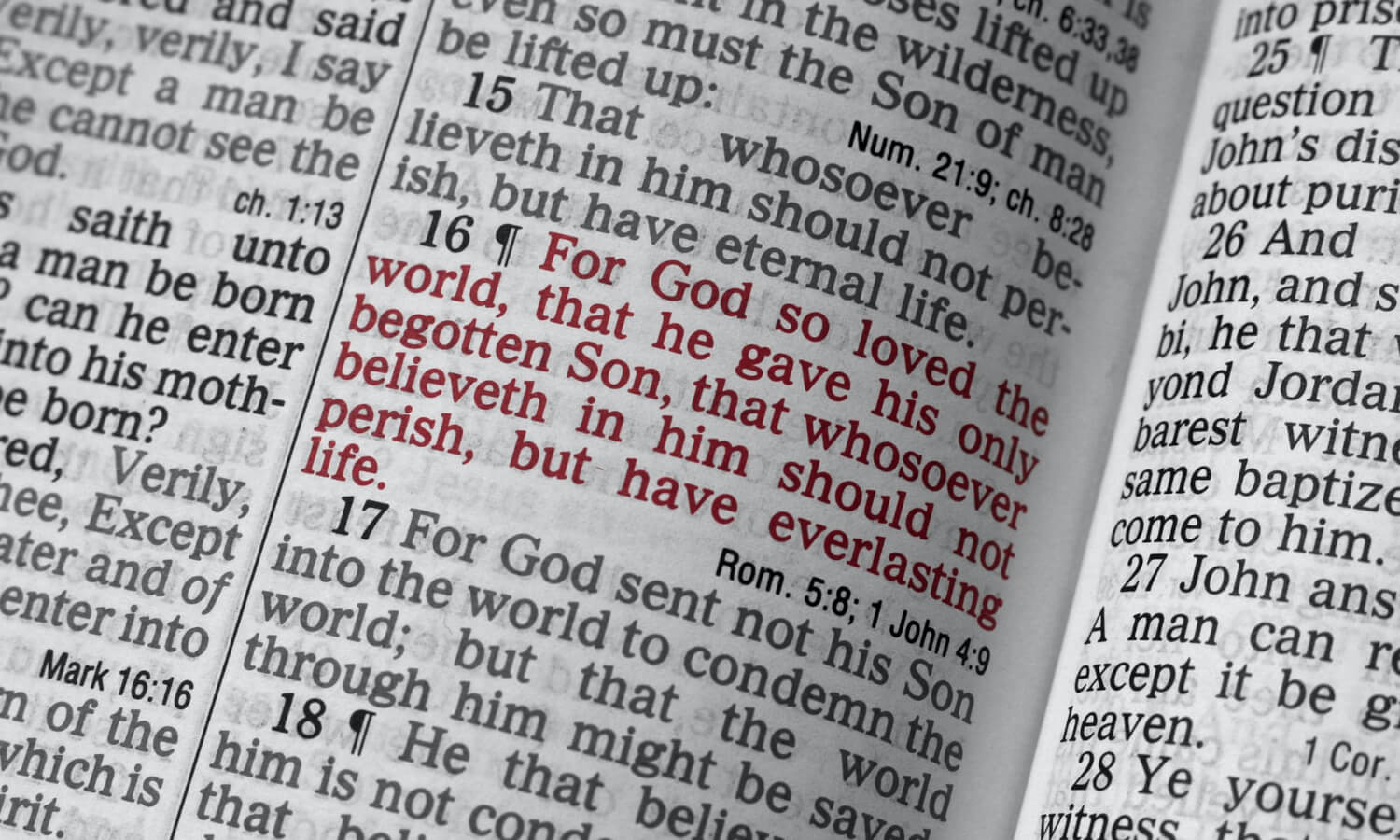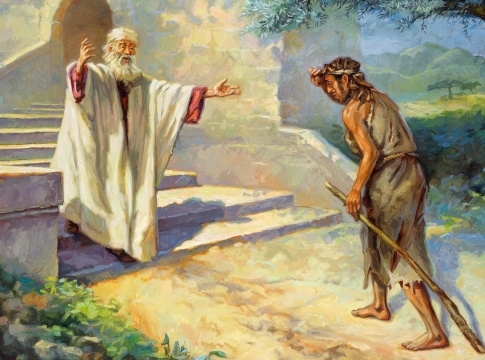
An Introduction Into Biblical Context’s first part examined a variety of topics that influence how we interpret the Bible. Scripture will be read “as is,” meaning that we won’t be aware of modern customs and circumstances, and we won’t be able to appreciate certain cultural details, background knowledge, symbolism, or Jewish cultural aspects. Depending on our viewpoint when reading the book, even we, the readers, run the possibility of “changing” the plot.
The Gospels and Epistles can truly come to life for you if you take the time to carefully study their context! Read them again, even if you’ve already read them all, but with “fresh eyes”! Try reading a translation that you haven’t read before and see if it reveals any new information that you were unaware of in your “trusted translation.”
1. Times change
When reading Scripture, especially the Old Testament, it’s easy to forget that the passages that are now conveniently collected into a single Bible were written over an extended period of time (about 1,000 years, in the case of the Old Testament) and are therefore individual books. This implies that the majority of the events recorded in our texts occurred prior to the birth of Jesus Christ.In addition to primarily using Koinè Greek instead of the original Hebrew/Aramaic texts, people in Jesus’ day also depended on oral tradition and teachings as a source of religious knowledge.
In actuality, this meant that Jewish academics and teachers (Rabbis) were supplementing God’s Word with their own oral teachings, often in clear contradiction of it (see, for instance, Mark 7:10–13). Naturally, these additions are prohibited (Deuteronomy 4:2). The New Testament contains more than eighty allusions to the Pharisees, the most of which are negative. In the final decades prior to Christ, Rabbi Shamai ha-Zaken and Rabbi Hillel presented their own, diametrically opposed, interpretations of the Law within the Pharisee movement. The Heriodians were primarily a political movement, and they were followed by the Sadducees, who had been around for a little while longer.
It is (very) crucial to remember that the Pharisees’ and Sadducees’ self-invented teachings were the reason behind Jesus’ arguments and criticisms of them. Jesus did not contest or “cancel” statements spoken by God! God is unchangeable, which means that He never changes His mind (Numbers 23:19). According to John 14:9, we can see God the Father in Jesus. The most holy Name of God in the Hebrew Bible, JHWH or Jehovah, embodies this unchanging quality of God.
2. Names with meanings
A lot of Christians are aware that the Hebrew name for Jesus, Yeshua, translates to “the Lord is salvation.” Furthermore, the term “Christ” (or Mashiach in Hebrew, or Messiah!) refers to “the Anointed One.” However, many other names in the New Testament also have meanings that non-Jewish readers might not have known. Take the village where Jesus was born, for instance. This is Bethlehem, also known as the “House of Bread” in Hebrew (Bit Lechem). Naturally, Jesus refers to Himself as “the Bread of Life” and “the living Bread that came down from heaven” in John 6:35, 6:48, and 6:51. Anyone who consumes this bread will have eternal life.
However, because Joseph and Mary moved to the town of Nazareth after their return from Egypt, Jesus is not known as “Jesus of Bethlehem.” Jesus adopted the name Jesus of Nazareth for this reason. Nazareth’s name is thought to have come from the Hebrew word “netzer,” which means “branch” or “shoot.” This brings to mind Isaiah 11:1-2, which state, “A branch from Jesse’s roots shall bear fruit, and a shoot shall spring forth from his stump.” And the Spirit of the Lord, the Spirit of knowledge and the fear of the Lord, the Spirit of wisdom and understanding, the Spirit of counsel and might, will rest upon Him.
These lines unmistakably foretell the Messianic coming of our Lord Jesus Christ, even though Jesse was the father of King David. By the way, the name “Isaiah” has an intriguing connotation as well. Its root is yesha’yahu, which means “God saves” in Hebrew.
3. Context provided by images – and local knowledge
An intriguing one is that the Bible contains no images! This implies that when it comes to reading a book, we, the readers, do not get to see what the authors did. Because these panoramas were so amazing, biblical writers like the Prophet Ezekiel and the Apostle John (writing in the Book of Revelation), who both witnessed the most amazing and unfathomable sights, found it difficult to identify which images had been revealed to them.
However, even in “normal conversations” between Jesus and His disciples, our comprehension of what is being said can be significantly impacted by an image or the absence of one. For instance, Jesus “went on with His disciples to the villages of Caesarea Philippi,” according to Mark 8:27. For the average reader of the twenty-first century, this verse would conjure up images of a leisurely stroll through picturesque villages encircling a bustling metropolis. Check to check if this picture is accurate.
First of all, traveling over the Roman route on the east side of the valley would have likely taken ten hours, and it would have involved an upward climb because the town was located 1150 feet above sea level. Second, Caesarea Philippi should not be confused with the Mediterranean seaside town of Caesarea. Named after (Herod) Philip1, Caesarea Philippi was reestablished about the time of Jesus’ birth, although it was known as “the gates of hell,” in contrast to Bethlehem, the birthplace of the Lord. This was due to the fact that the region had turned into a hub for the worst form of worship in a matter of decades.
The “gates of hell” metaphor originates from the belief held by the (Roman) devotees of the Greek gods worshipped there that a cave on the borders of the town served as the conduit between the underworld and their realm. Because of the idols on exhibit, the area’s Jewish residents called the location the “rock of the gods.”
Naturally, Jesus asks the disciples, “Who do people say that I am?” while they are traveling. (Mark 8:27). Their responses set off the well-known conversation on Peter being “the rock” that the apostle Matthew documents in Matthew 16:14–19. We don’t know where Jesus and His disciples were standing during this talk because there isn’t a picture from the Bible. Were they even close to this cave? Was Jesus pointing at it, maybe, or was he just staring in its direction? Think about what Jesus said in Matthew 16:18, “…I will build My church on this rock, and the gates of hell shall not prevail against it.”
Peter, whose name means “rock” in Aramaic, is also known by his given name, Cephas, which means “stone” or “rock.” The group of people are standing close to a real rock, whose Greek name is “pétra,” which is where Jesus says He will build His church. Furthermore, it will overcome the gates of hell.
All of a sudden, our mental picture changes. We understand that Jesus declared, “My church will be built on top of it, and it will be victorious,” despite the fact that he admitted the worst possible behavior that contradicts God. Glory to the Lord of Lords!





